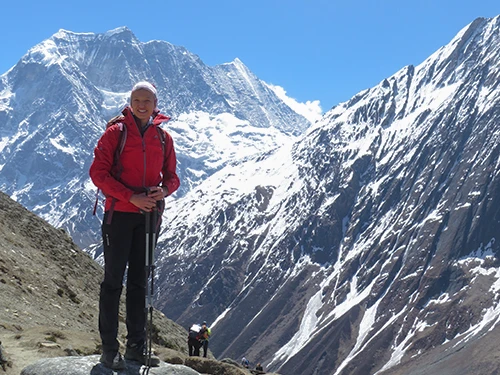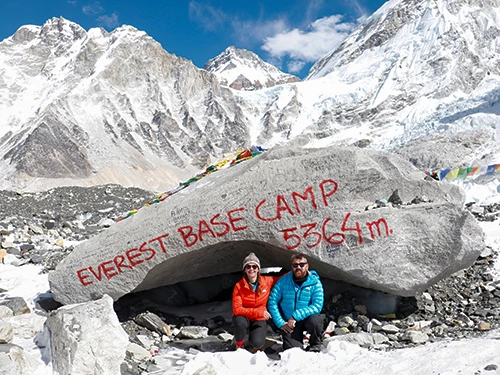The Mardi Himal Trek is a peaceful mountain trek in Nepal’s Annapurna region that takes you through beautiful forests and offers stunning views of the Himalayas. It’s a less crowded alternative to popular routes like Annapurna Base Camp, perfect for those who want to enjoy nature in a calm, personal way.
The trek usually takes between 4 and 8 days, starting near Pokhara, and it’s great for beginners too. Along the way, you’ll get incredible views of mountains like Machhapuchhre (Fishtail), Annapurna South, and Hiunchuli. It’s the perfect choice if you want a moderate adventure with beautiful sights and a chance to experience trekking to Mardi Himal without the crowds.
Whether you are new to trekking or enjoy solo treks, Mardi Himal is one of the few routes that offers mystical mountain scenery with fewer crowds.
Why Choose the Mardi Himal Trek?
If you’re looking for a trekking experience that’s peaceful and full of natural beauty, the Mardi Himal Trek is a great choice. Unlike the busy, commercial routes, this trek takes you through rhododendron forests, alpine meadows, and ridge trails that feel like you’re walking among the clouds.
One of the best things about trek to Mardi Himal is that it’s short but still incredibly rewarding. You can complete the whole trek in as little as 4 days, or take up to 8 days if you want to go slower or explore the culture more.
Trekking to Mardi Himal has a vast cultural experience. It lets you to stay in multiple Gurung villages, enjoy local treats, hear songs of the Tibetan and Sherpa, and maybe even spot colorful birds along the way.
The Mardi Himal Trek is also perfect if you want a moderate adventure without needing to be an expert mountaineer. If you’re reasonably fit, it will challenge you just enough without being too hard, and the risk of altitude sickness is low.
Interested in the Mardi Himal trek? [Send Inquiry] now and we'll help you plan your adventure.
Mardi Himal Trek Difficulty
The Mardi Himal Trek is considered moderate in difficulty. You’ll usually climb between 600 and 1,000 meters each day, with Mardi Himal Base Camp at 4,500 meters being the highest point.
While it’s not that tough physically, here’s what to expect:
- Steep uphill climbs from time to time
- Uneven terrain throughout the route
- Basic accommodation in tea houses
- Need to adjust to altitude after High Camp
This trek is perfect for beginners with average fitness, and even better if you’ve done a shorter trek before. It’s a great way to experience trekking to Mardi Himal without too much stress.
Mardi Himal Trek Distance
The total distance for the Mardi Himal Trek, including the return trip, is about 45 to 57 kilometers. The distance will depend on where your starting point is that being either Kande or Phedi as well as your return route being either Sidhing or Lwang village.
Here’s a simple breakdown of the distances you’ll cover each day:
- Day 1–2: Kande to Forest Camp (around 6 to 10 kilometers)
- Day 3–4: Low Camp to High Camp (about 10 to 12 kilometers)
- Day 5: Trek to Mardi Himal Base Camp and back (roughly 9 to 10 kilometers)
- Day 6–7: Descend to either Sidhing or Lwang village (around 8 to 12 kilometers)
This distance makes the trek a manageable adventure that still gives you plenty of time to enjoy the beautiful scenery along the way.
Best Time for Mardi Himal Trek
You’re planning to do the Mardi Himal Trek, and you want to choose the best season, as it can make a big difference. No need to worry, we at Abound Holidays will choose the best season for you.
- Spring (March–May): This is when the rhododendron forests burst into bloom, and the weather is mild. It’s also one of the best times for clear mountain views.
- Autumn (September–November): Probably the most popular season, with clear skies and perfect temperatures for trekking. This is the peak season for the trek.
- Winter (December–February): The trails are very quiet, and while some snow might be on the ground, the views are sharp and stunning. Just be ready for colder nights.
So, the best time for Mardi Himal trek is spring (March-May) and Autumn (September-November). During this season, we can see clear skies with an eye-catching mountain view. The pathway of this trek forest is blooming with rhododendron blossoms.
It’s best to avoid the monsoon season because the trails get slippery, leeches can be a problem, and the clouds often block the mountain views.
Mardi Himal Trek Weather
Understanding the weather during the Mardi Himal Trek helps you prepare better for unforeseen weather and lets you enjoy your journey to the fullest. Below is a quick look at the typical temperatures, visibility, and conditions you can expect in each season.
Season | Temperature (°C) | Visibility | Notes |
Spring | 10–20 (days) | Excellent | Flowers bloom everywhere |
Autumn | 10–18 (days) | Excellent | Dry and stable conditions |
Winter | -5 to 10 (days) | Clear | Cold but amazing views |
Monsoon | 15–25 (humid) | Poor | Rainy, cloudy, leeches |
Permits Required for Mardi Himal Trek
To trek to Mardi Himal, you need two important permits:
ACAP (Annapurna Conservation Area Permit):
- Cost: Around NPR 3,000 (about $25 USD)
- Documents necessary: A copy of your passport and a passport-sized photo
TIMS Card (Trekkers’ Information Management System):
- Cost: Around NPR 2,000 (about $17 USD)
- Documents needed: Your passport and details of your trekking itinerary
Typically, these permits require a copy of your passport, a photo, and paperwork. But with our packages, we take care of everything, so you don’t have to worry. Just make sure you take a few copies of these documents on your journey as you may need them.
Is Mardi Himal Trek Suitable for Beginners?
The Mardi Himal Trek can be considered one of the best beginner-friendly treks in Nepal. So what makes this trek suitable for young and old alike:
- Moderate difficulty that’s challenging but doable
- Well-marked trails to keep you on the right path
- Flexible itineraries that you can adjust to your pace
- Close to Pokhara, so help is never far away
- Low risk of health issues if you take your time and acclimate properly
But we do recommend hiring a guide and porter to make your trek even easier and more enjoyable. They’ll help you with navigation, carrying your gear, and sharing local stories that bring the trek to life instead of just constant walking.
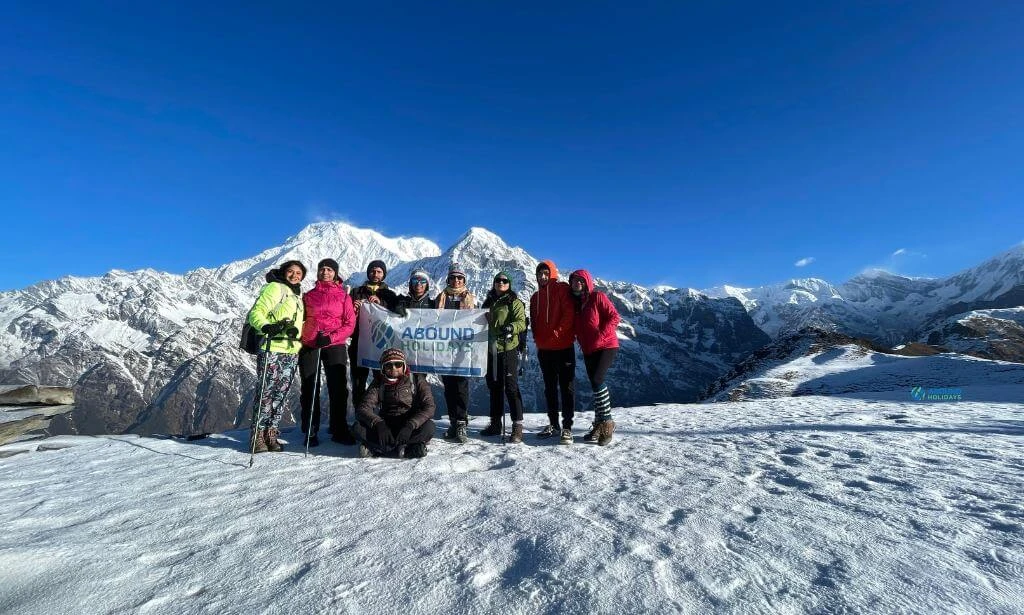
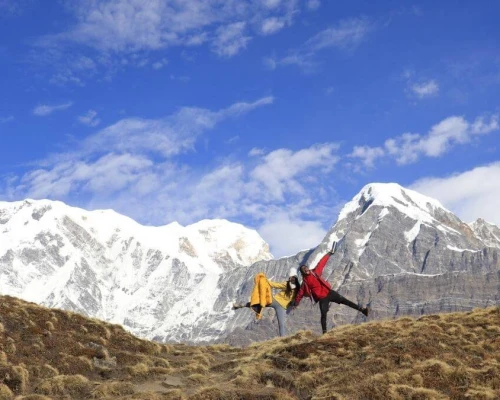
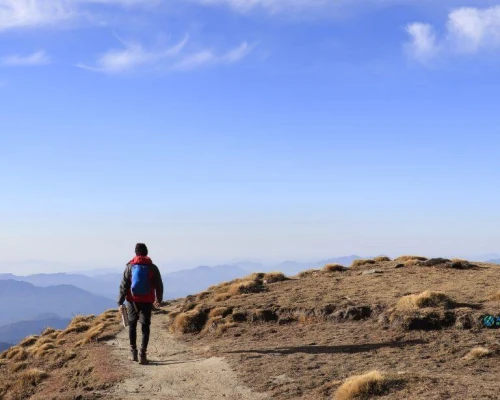
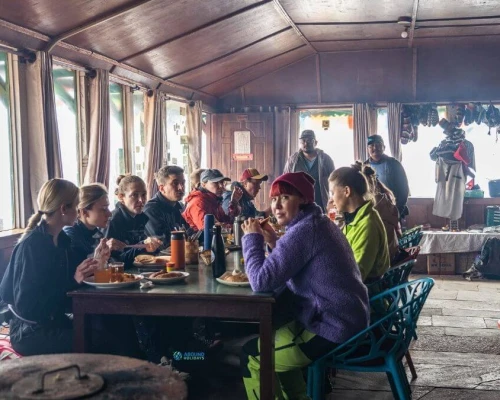
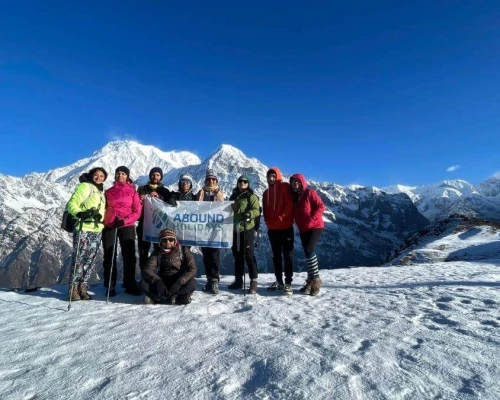
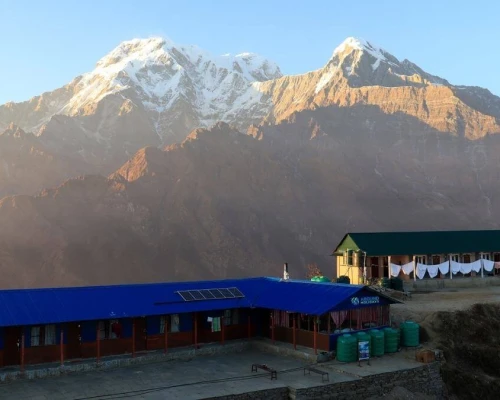
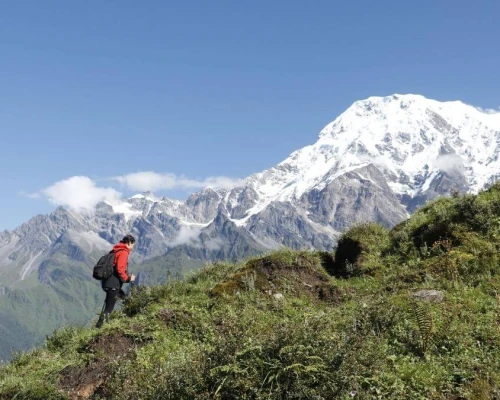
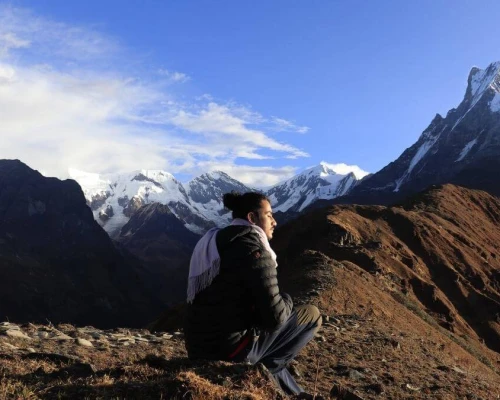
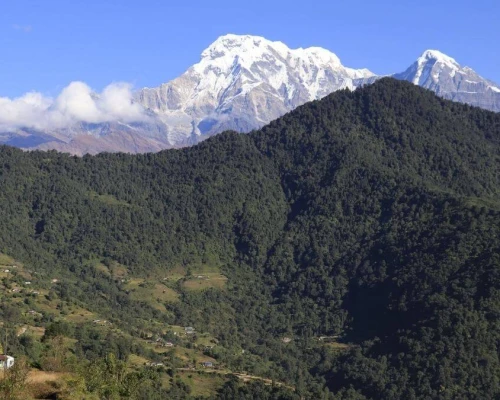
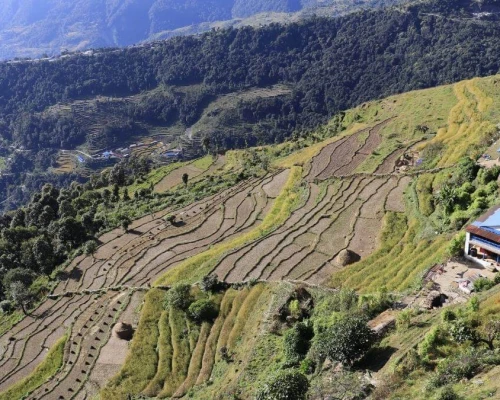
.webp)
.webp)

 based on 5 reviews
based on 5 reviews